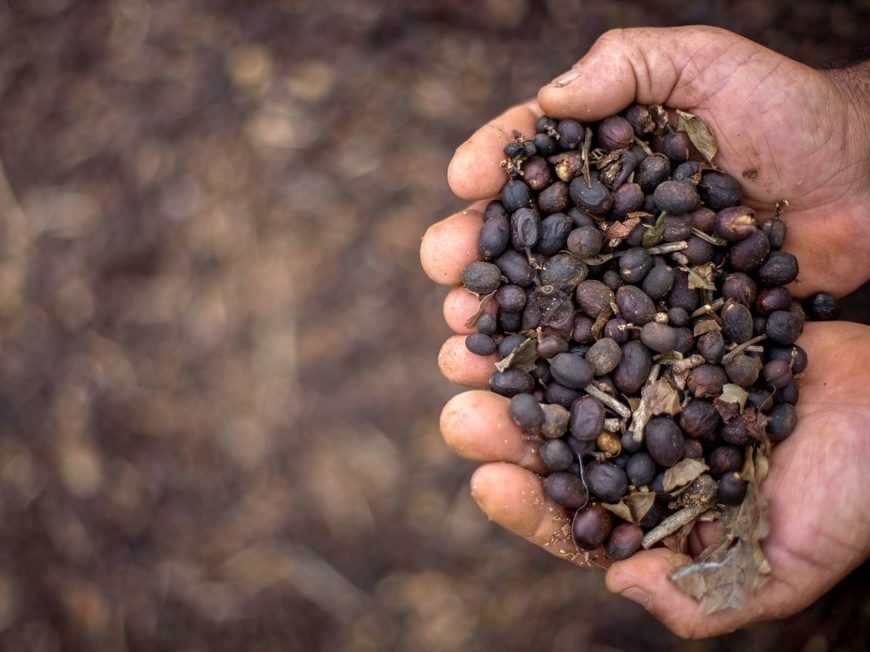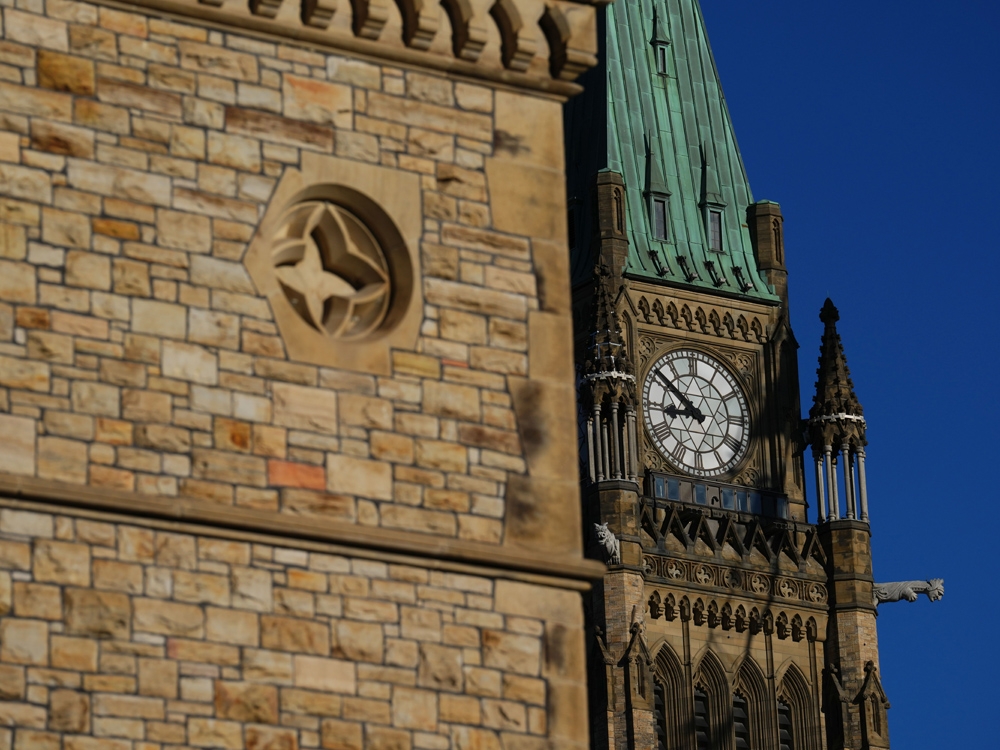Nearly half of all babies born in British Columbia last year arrived thanks to mothers who themselves were born outside of Canada. A recent study reveals the crucial role immigration plays in sustaining the province’s population and, surprisingly, its birthrate – a rate that is otherwise in decline.
However, the initial boost from newcomers doesn’t last indefinitely. Experts observe that new arrivals quickly adapt to the fertility patterns of Canadian-born citizens, influenced by the same pressures impacting family size: primarily, the escalating cost of living.
The weight of affordability, particularly housing, looms large in these decisions. Studies from places like Singapore and Hong Kong demonstrate a clear connection between financial strain and delayed parenthood. Women may desire children, but the reality of expenses often pushes those plans further into the future, ultimately reducing the number of children born.

Over the past quarter-century, the proportion of newborns with foreign-born mothers has nearly doubled, reaching 42 percent across Canada. In both British Columbia and Ontario, that figure climbs even higher, to 48.7 percent. This highlights the increasing reliance on immigration to offset a concerning trend: a steady decrease in births among Canadian-born women.
Without the contributions of immigrants, Canada would have experienced more deaths than births since 2022. This stark statistic underscores the vital role newcomers play in maintaining a stable population. Yet, British Columbia recently experienced a population decrease – a drop of over 2,100 people in a single quarter – and currently holds the lowest birthrate in the nation, at just 1.02 children per woman.
Despite this recent dip, long-term forecasts remain positive, anticipating population growth following adjustments to Canada’s immigration policies. While a manageable rate of decline isn’t necessarily alarming, rapid shifts could create economic disruption. The issue isn’t simply population size, but the *pace* of change.
British Columbia’s lower birthrate compared to other provinces is often linked to its highly urbanized population. Immigrant communities often initially exhibit higher birthrates, reflecting norms from their countries of origin. However, this effect tends to diminish with each subsequent generation.
The core challenge remains the financial burden of raising children, coupled with the trend of delayed parenthood. Devinder Chattha, a director at Progressive Intercultural Community Services, experienced this firsthand. Her children, also immigrants, are now parents themselves, but are hesitant about expanding their families, citing the difficulties of supporting even one child.
Chattha’s organization has supported newcomers for decades, providing essential services like settlement assistance, employment support, and language training. She observes that all new mothers, regardless of their origin, grapple with affordability. A strong support network, she emphasizes, can be transformative, especially for first-time parents.
The study reveals fascinating demographic details about the origins of foreign-born mothers in British Columbia. The largest groups hail from India, China, the Philippines, the United States, South Korea, the United Kingdom, and Vietnam. While births to Chinese-born mothers have decreased in recent years, those to Indian-born mothers have more than doubled over the last decade.
Interestingly, foreign-born mothers tend to be older on average than Canadian-born mothers, potentially due to arriving in Canada later in life. A significant 57 percent of mothers over the age of 40 last year were born outside of Canada, highlighting a shift in the demographics of parenthood within the province.




